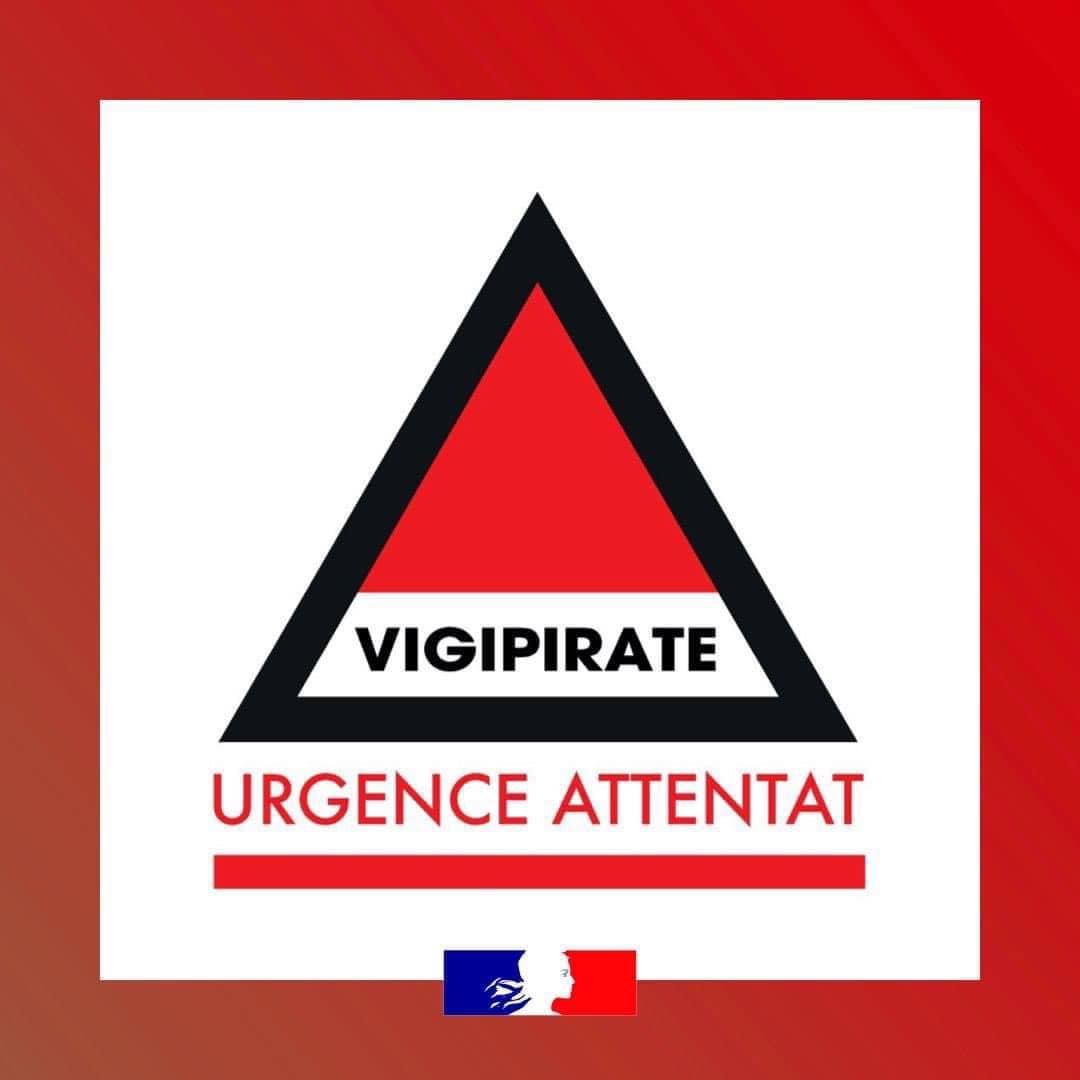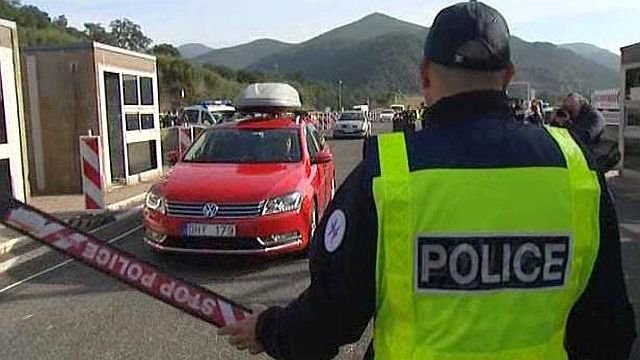Plan Vigipirate, Etat d’urgence and Urgence Attentat
Frances’s Vigipirate plan (vigilance et protection des installations contre les risques d’attentats terroristes à l’explosif ) has been triggered following the recent terrorist attack near Moscow on March 22, 2024, amidst fears of an increase in terrorist activity.
This is the highest of 3 alert levels of the Vigipirate plan, ‘Vigilance’, ‘Sécurité renforcée – Risque attentat’, and ‘Urgence attentat’.

What exactly is the Vigipirate plan?
The Urgence attentat level of the Vigipirate plan was declared on March 22, 2024, following claims by the Islamic State terrorist organisation taking responsibility for the attack near Moscow, and in response to the threats facing France.
The aims of the Vigipirate Plan are to assess the terrorist threat in France and to French nationals and interests abroad, identify the vulnerabilities of the main potential targets of terrorist attack, in order to reduce them, and determine a security plan that matches the level of risk.
Expect to see increased activity on the roads and more check points around the P-O.
This state of maximum vigilance and protection is in place for a limited period: the time required for crisis management. It can be declared for the whole of France, or for a limited geographical area.
This alert level can be used to ensure exceptional mobilisation of resources, as well as to transmit information needed to protect citizens in a crisis situation.
According to the ‘Etat d’urgence’ laws of 1955 law, authorities can lock down complete neighbourhoods and even whole towns, close down entertainment venues, order spot searches inside any premises, set curfews, ban public meetings….. The plan also allow for increased controls for people and vehicles entering or leaving public buildings, visual bag checks in school entrances, and reinforced surveillance of places of worship.
France is now on ‘urgence attentat” level.
It is only the third time or fourth time since World War II that France had taken such drastic measures within its own borders.
If you witness a suspicious event, contact the police directly by dialling 17 or 112.
Fiche S
In the aftermath of the Paris murders, the papers were full of talk of the Fiche S.
This is a list of people who are already under suspicion as a possible security threat, and should be watched.
Omar Ismail Mostefal, one of the Bataclan bombers had a fiche S, as did one of the Charlie Hebdo killers.
Politicians have asked that those with a fiche S be tagged electronically or detained in some way. The present Fiche S already has more than 12,000 names on it.
Border controls, police road checks and airports regularly refer to this list, as well as the ‘fichier des personnes recherchées’ (FPR).


